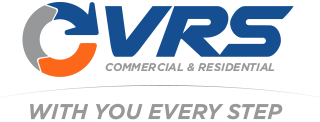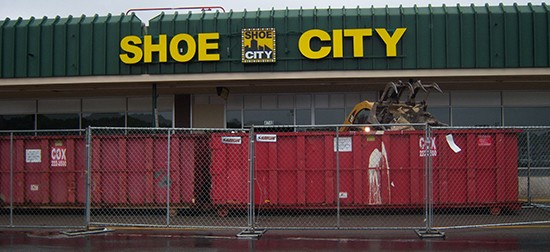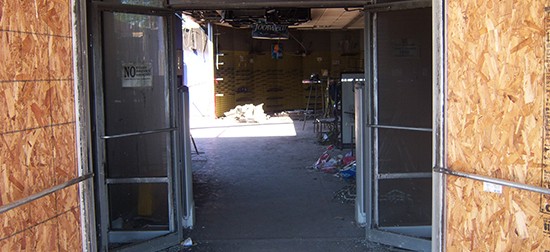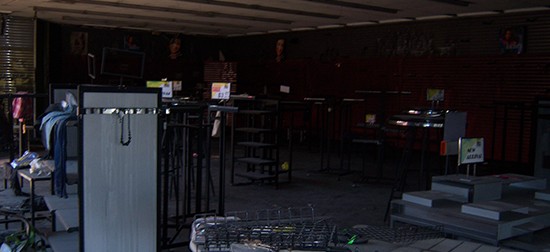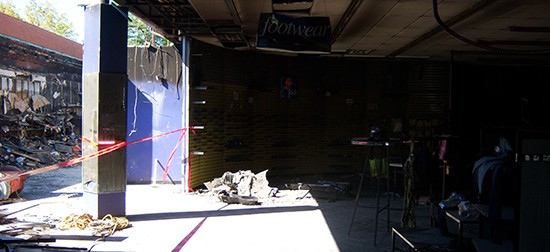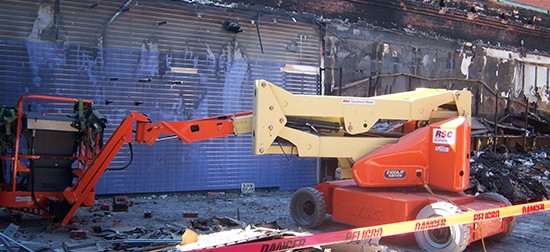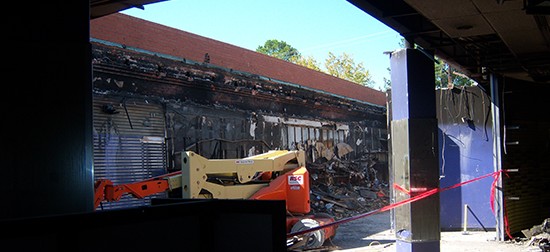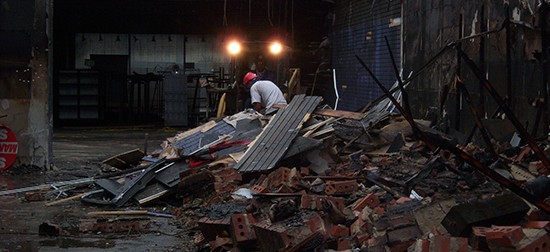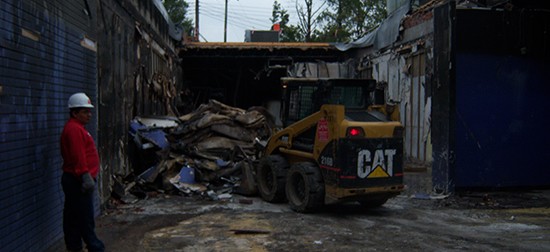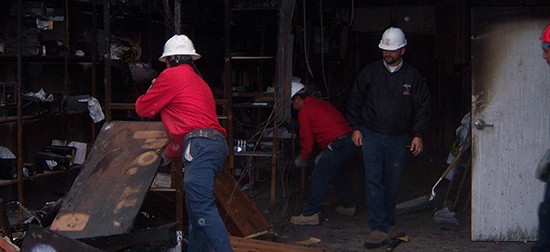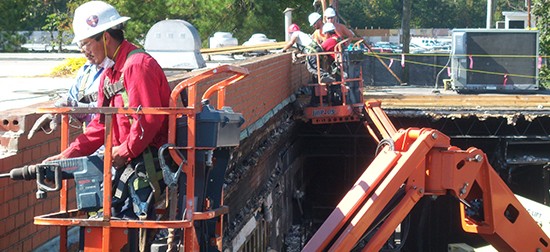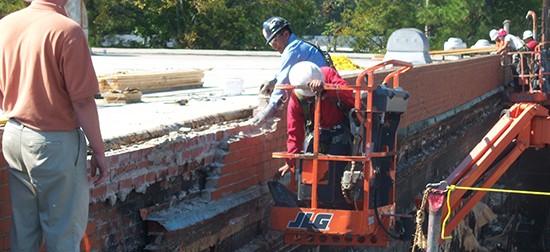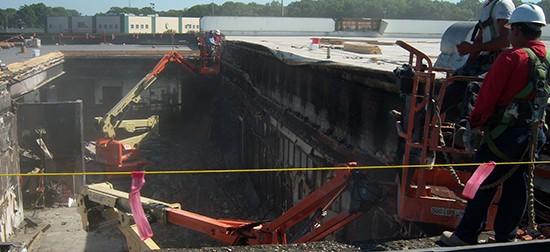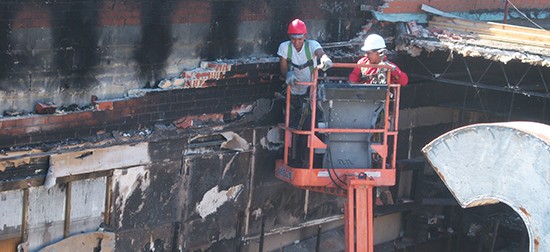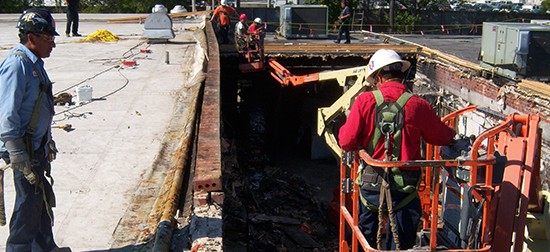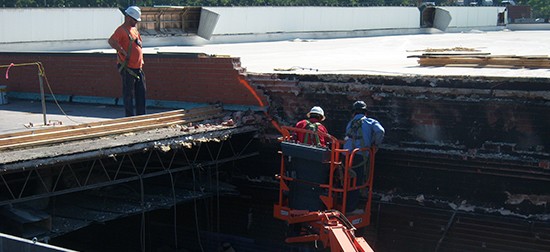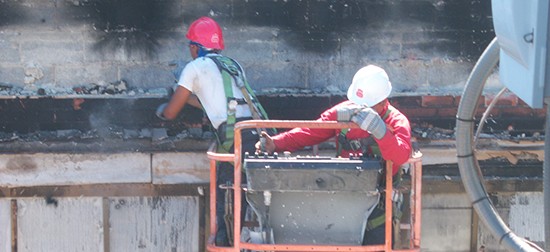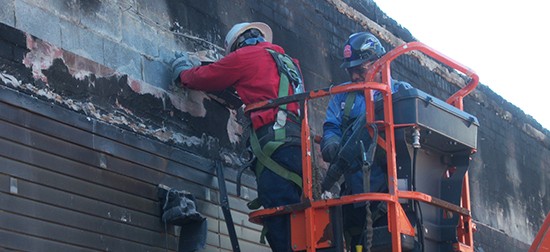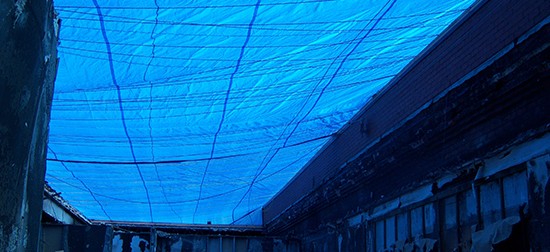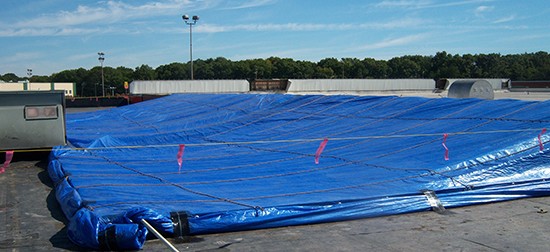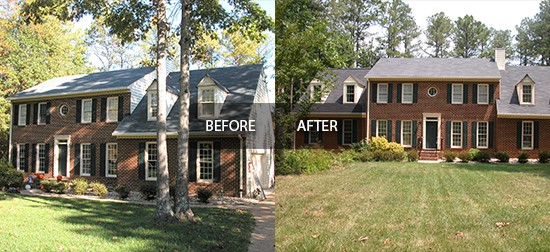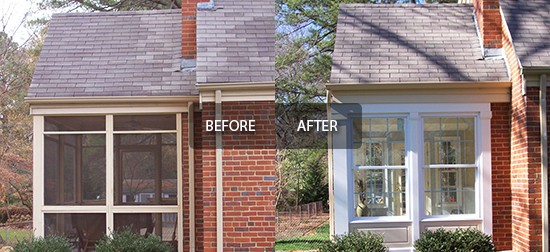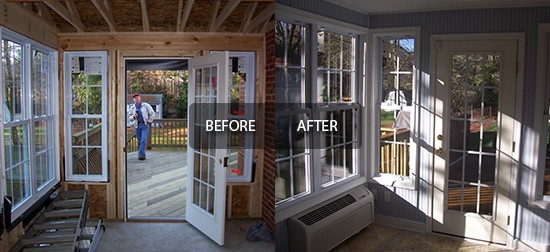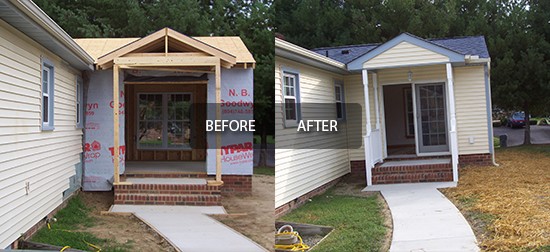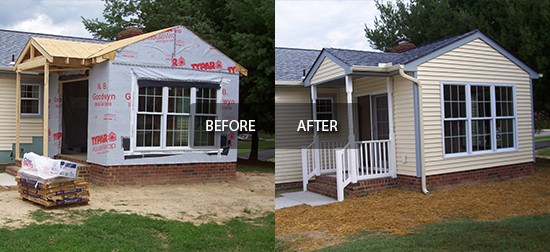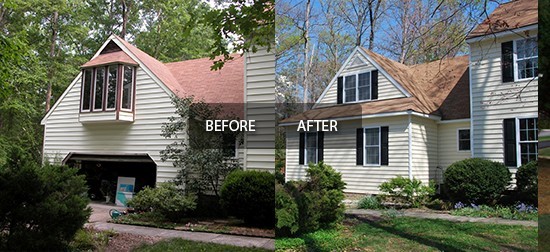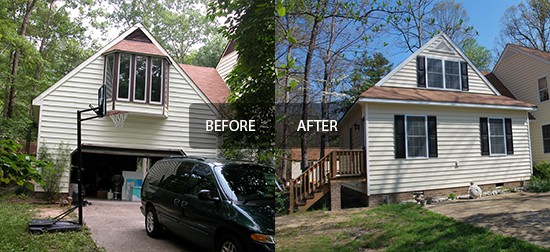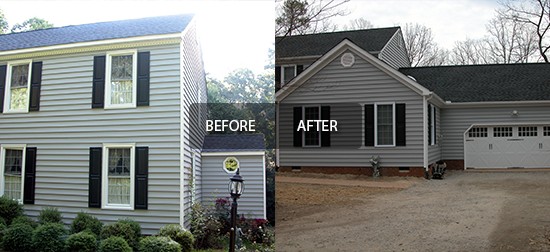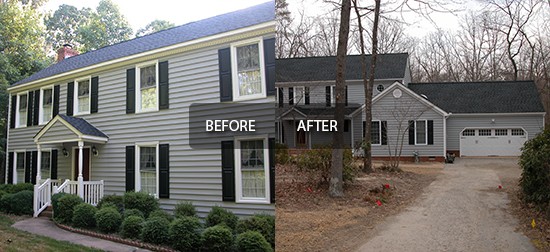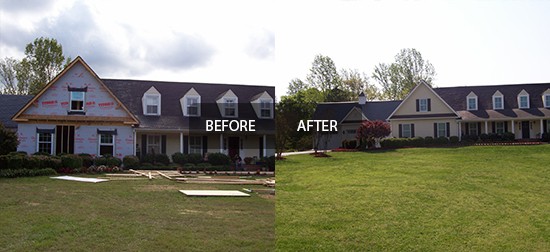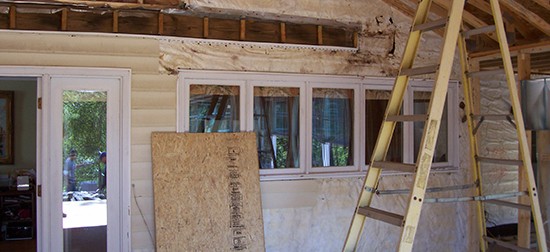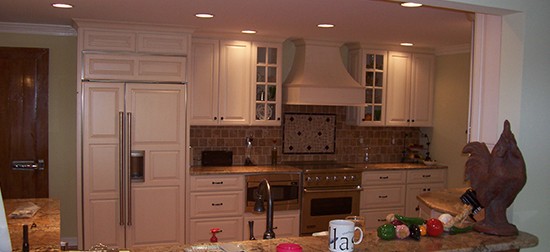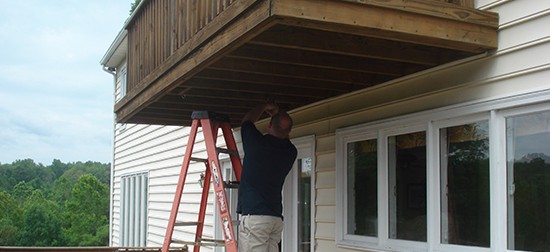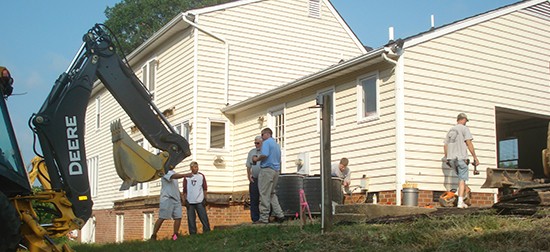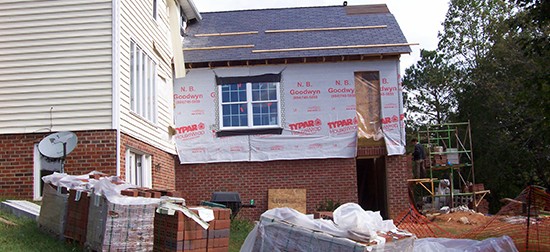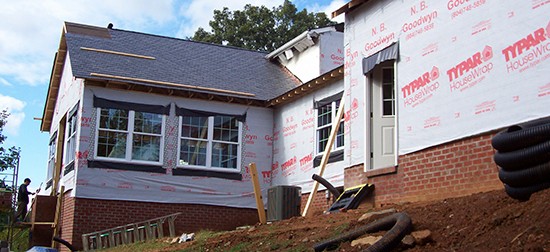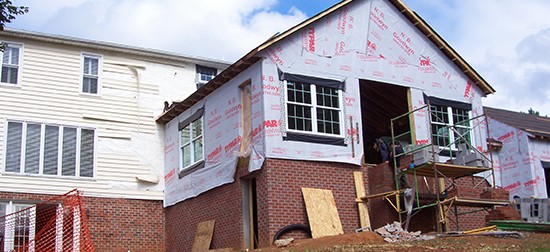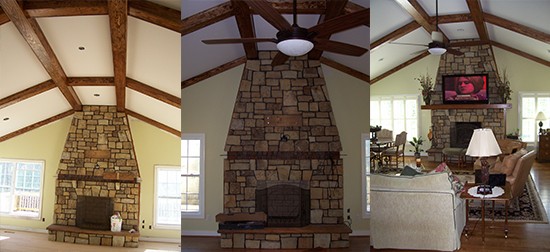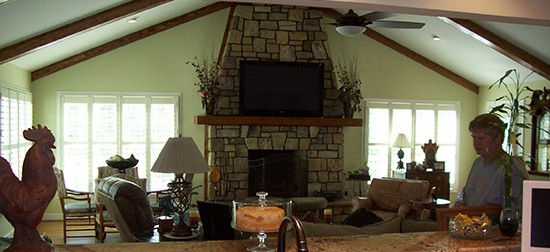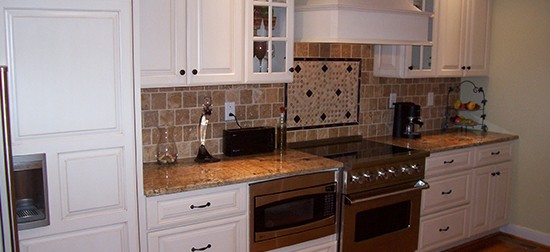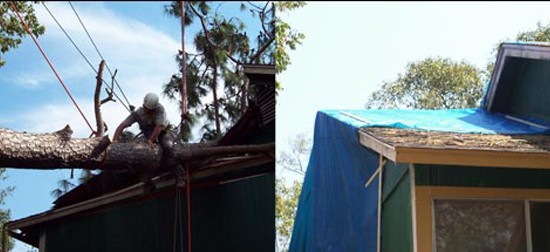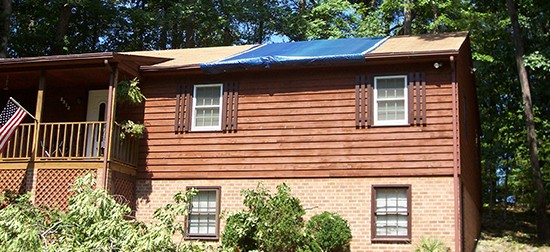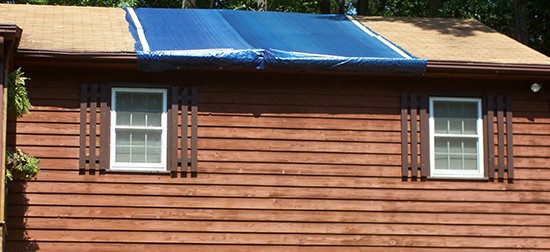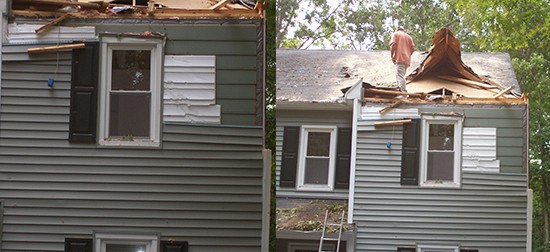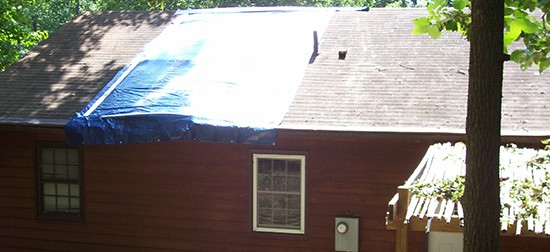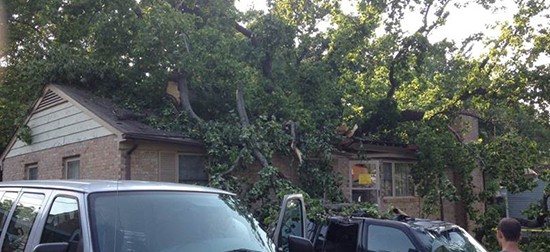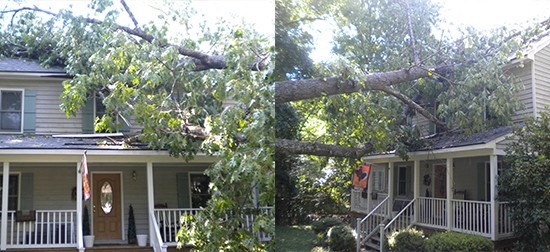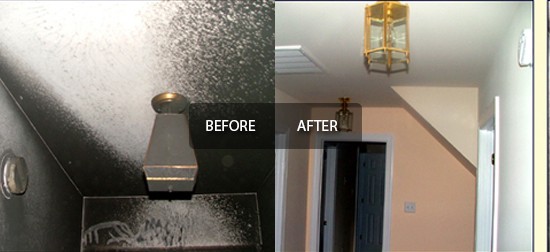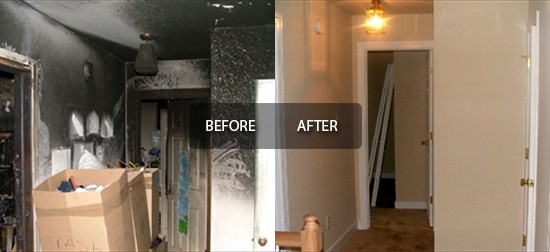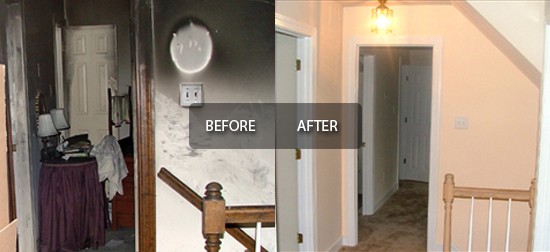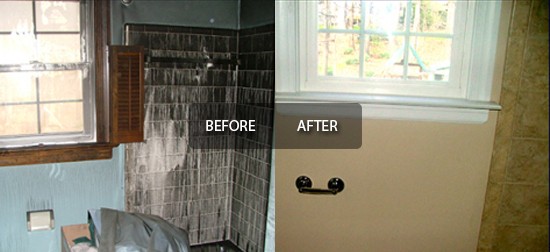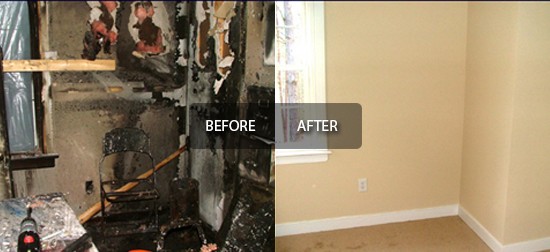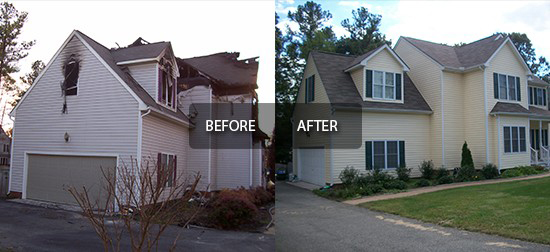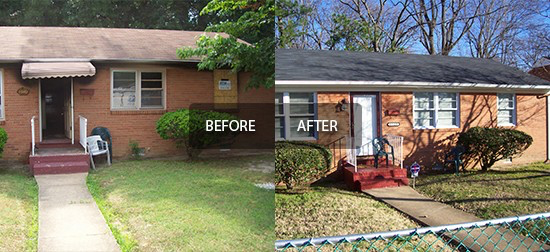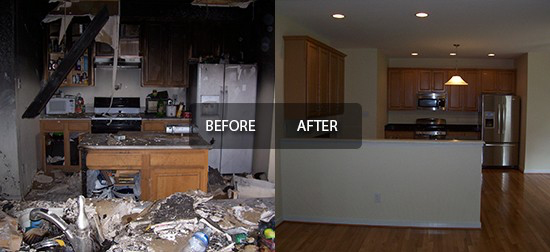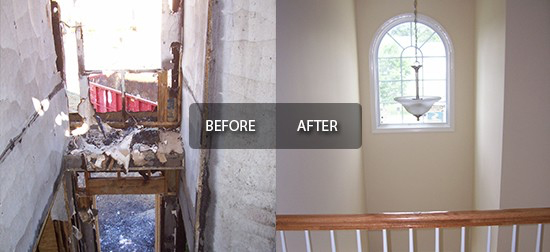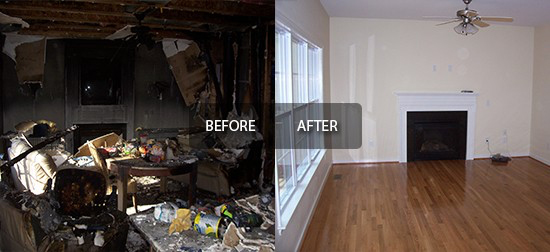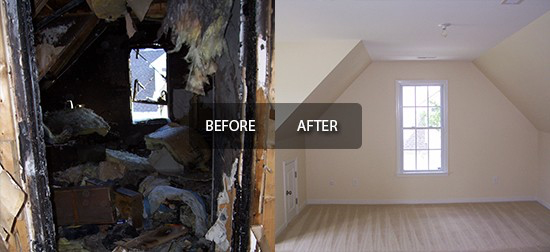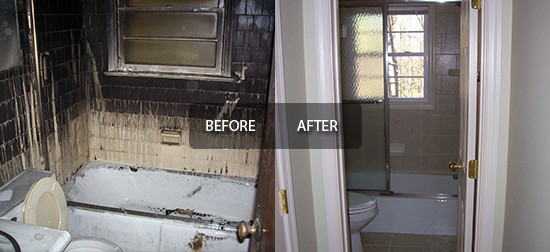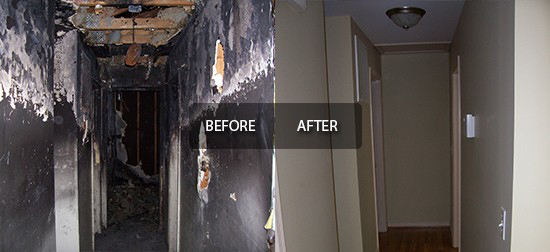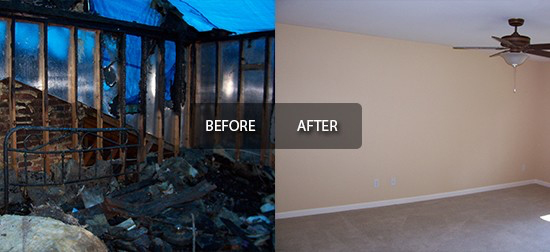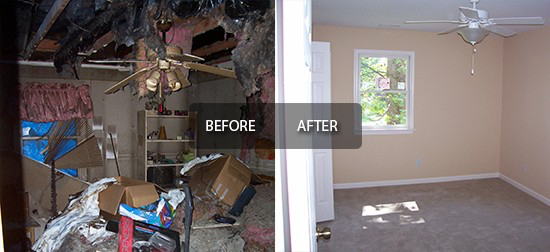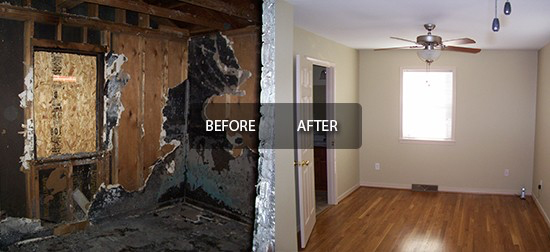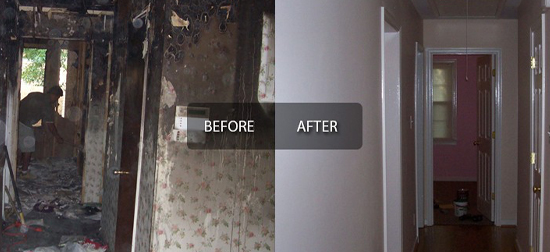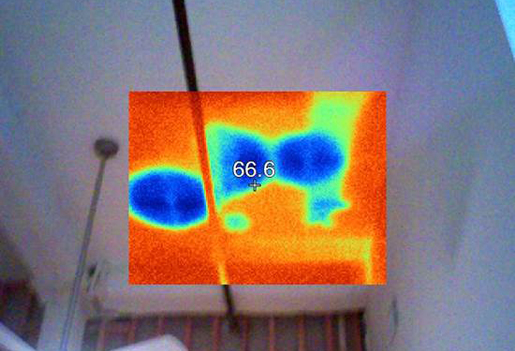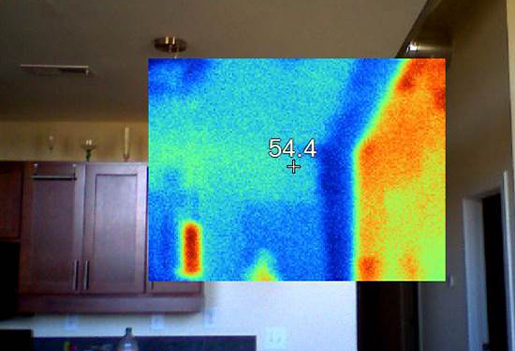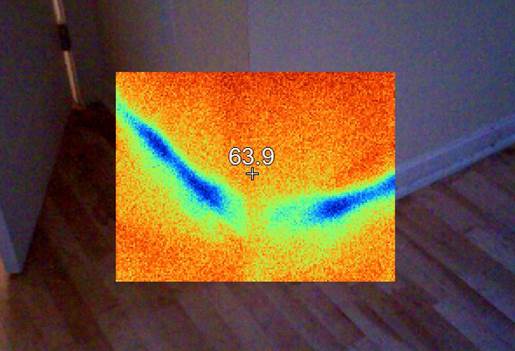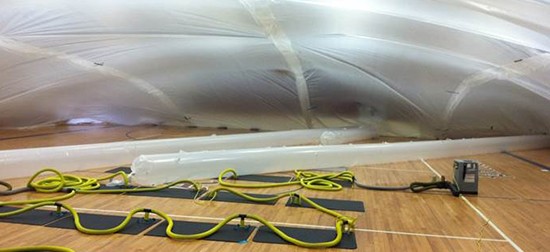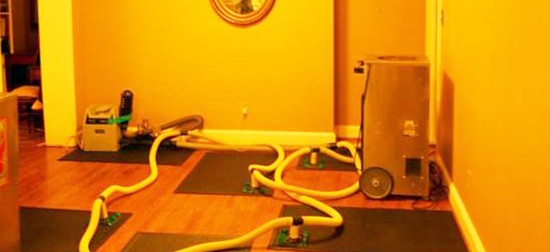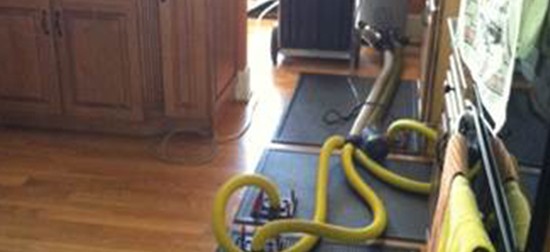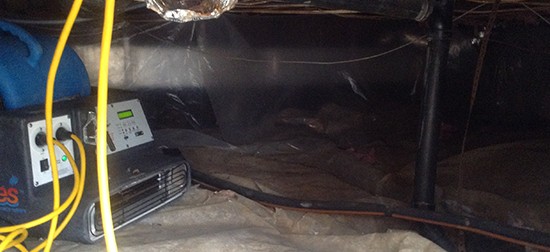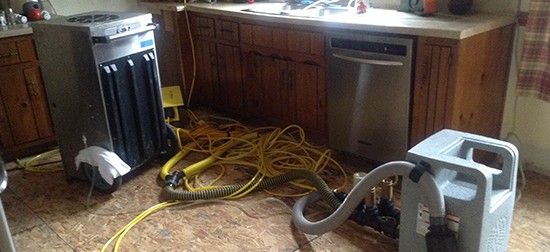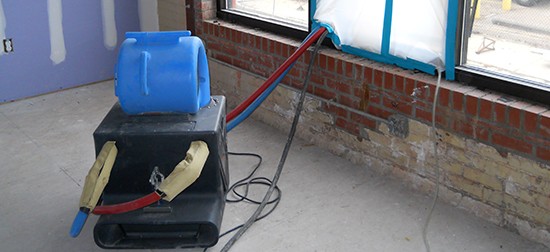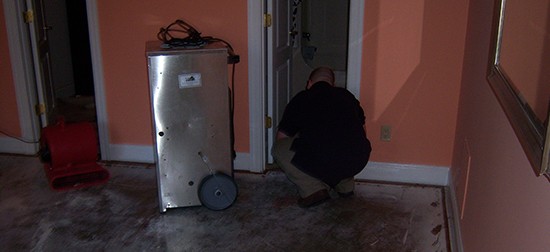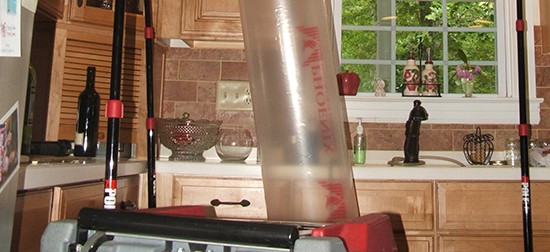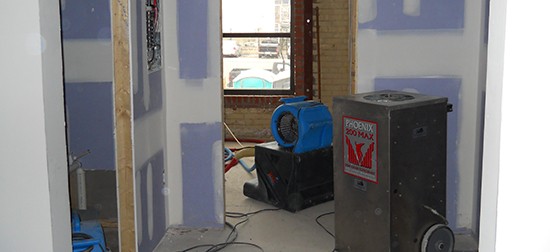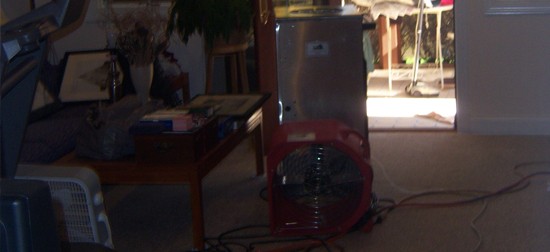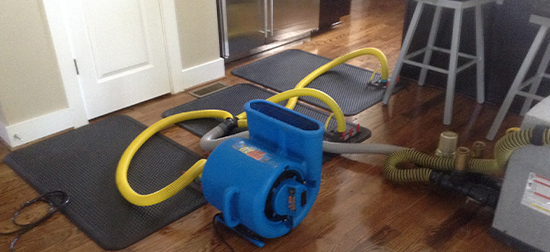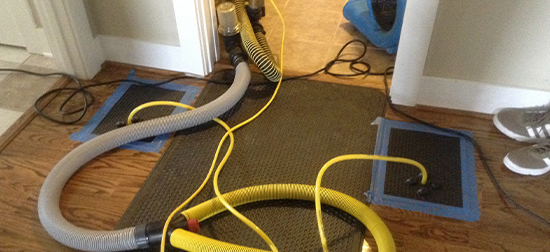What’s the first thing that comes to mind when you think of water – a refreshing drink, a way to stay cool, something that keeps your garden healthy? While water is all of those things, it can also cause damage and health issues (mold), and all in a short period of time.
One of the keys to preventing damage and mold from water is to act quickly. As always, use your best judgment in considering these methods and consult a professional as needed.
Water Damage Facts and Ways to Help Prevent It
- Be aware of sources of possible water damage: Melting snow, heavy rain, sewer system overflow, ice damming or condensation from activities like cooking or showering
- When remodeling or building, consider the following: Choose wood-based over paper-backed products for walls (e.g., use wainscoting instead of drywall).
- Place electrical outlets higher up on walls to avoid contact with water (in the event of a flood).
- Choose area rugs – you can roll them up and remove them if a flood threatens, or remove them and dry them out after a flood.
- Place electronics on higher shelves or keep them up off the floor.
- Choose plastic storage options for important records or papers, or store them on a higher floor.
Facts About Mold
The resource list below is from the Environmental Protection Agency and it provides a helpful list about mold and the issues associated with it:
- Potential health effects and symptoms associated with mold exposures include allergic reactions, asthma and other respiratory complaints.
- There is no practical way to eliminate all mold and mold spores in the indoor environment; the way to control indoor mold growth is to control moisture.
- If mold is a problem, it’s important to clean up the mold and eliminate sources of moisture.
- Fix the source of the water problem or leak to prevent mold growth.
- Reduce indoor humidity (to 30-60%) to decrease mold growth by: venting bathrooms, dryers and other moisture-generating sources to the outside; using air conditioners and de-humidifiers; increasing ventilation; and using exhaust fans whenever cooking, dishwashing and cleaning.
- Clean and dry damp/wet building materials and furnishings within 24-48 hours to prevent mold growth.
- Clean mold off hard surfaces with water and detergent, and dry completely. Absorbent materials such as ceiling tiles, that are moldy, may need to be replaced.
- Prevent condensation: Reduce the potential for condensation on cold surfaces (i.e., windows, piping, exterior walls, roof, or floors) by adding insulation.
- In areas where there is a perpetual moisture problem, do not install carpeting.
- Molds can be found almost anywhere; they can grow on virtually any substance, providing moisture is present. There are molds that can grow on wood, paper, carpet, and foods.
KEY FACT:
Starting water damage clean-up as soon as possible increases the likelihood of saving water-soaked items and preventing mold growth.

